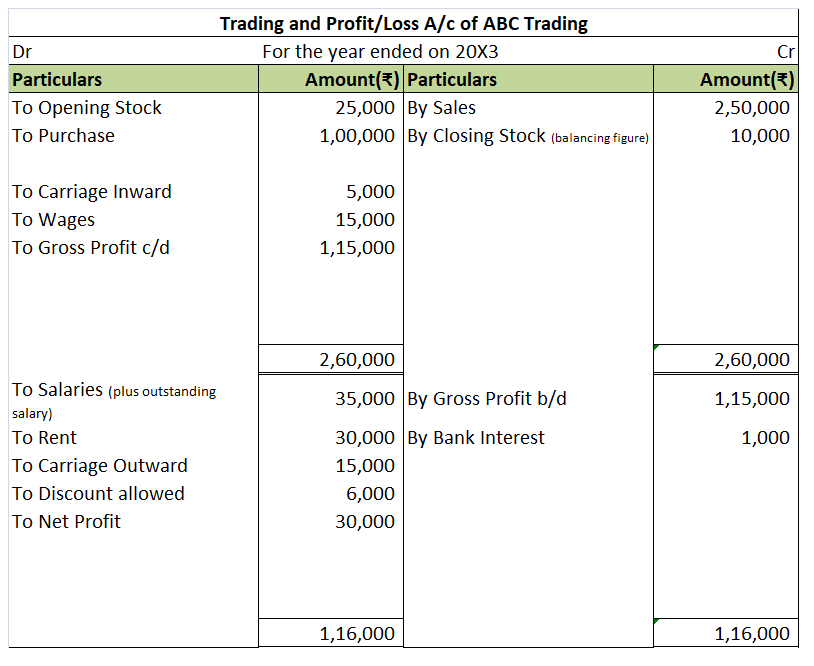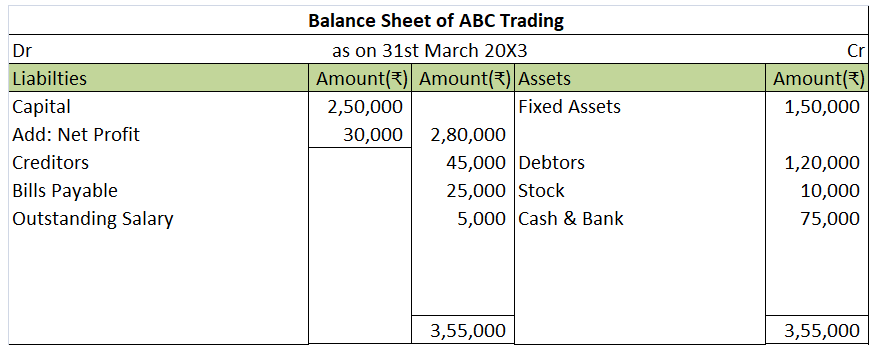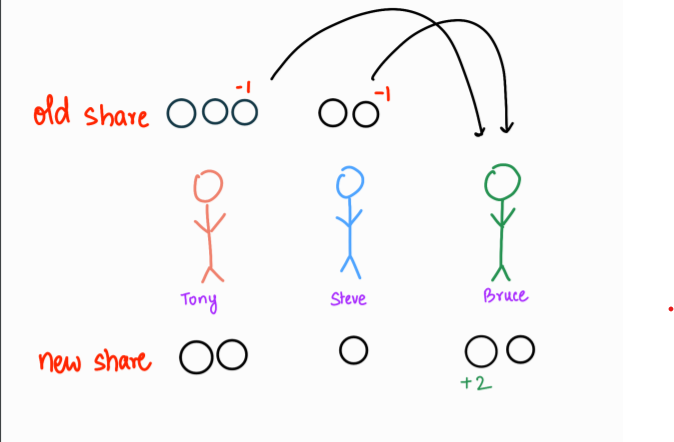The term set off in English means to offset something against something else. It thereby refers to reducing the value of an item. In accounting terms, when a debtor can reduce the amount owed to a creditor by cancelling the amount owed by the creditor to the debtor, it is termed as set off. It is coRead more
The term set off in English means to offset something against something else. It thereby refers to reducing the value of an item. In accounting terms, when a debtor can reduce the amount owed to a creditor by cancelling the amount owed by the creditor to the debtor, it is termed as set off.
It is commonly used by banks where they seize the amount in a customer’s account to set off the amount of loan unpaid by the customer.
Types
There are various types of set-offs as given below:
- Transaction set-off – This is where a debtor can simply reduce the amount he is owed from the amount he owes to the creditor.
- Contractual set-off – Sometimes, a debtor agrees to not set off any amount and hence he would have to pay the entire amount to the creditor even if the creditor owed some amount to the debtor.
- Insolvency set-off – These rules are mandatory and have to be followed under the Insolvency rules 2016.
- Bankers set-off – Here, the bank sets off the amount of a customer with another account of the customer.
Example
Let’s say Divya owes Rs 20,000 to Sherin for the purchase of goods. But, Sherin owed Rs 6,000 to Divya already for use of her Machinery. Therefore, the amount of 6,000 can be set off against the 20,000 owed to Sherin and hence Divya would effectively owe Sherin Rs 14,000.
This helps in reducing the number of transactions and unnecessary flow of cash.
See less











The term ‘contra’ means opposite or against. In financial accounting, we encounter the term ‘contra’ in: Contra accounts Contra entries The meaning of contra in the above mention terms is also the same as their general meaning. Contra accounts mean the account which is opposite of the account it corRead more
The term ‘contra’ means opposite or against. In financial accounting, we encounter the term ‘contra’ in:
The meaning of contra in the above mention terms is also the same as their general meaning. Contra accounts mean the account which is opposite of the account it corresponds to.
Contra entries are entries of the debit and credit aspects related to the same parent account. Let’s discuss them in detail.
Contra accounts
Any account which is created with the purpose of reducing or offsetting the balance of another account is known as a contra account.
A contra account is just the opposite of the account to which it relates. The most common examples are the sales discount account and sales return account which is the contra account of the sales account. They are just the opposite of the sales accounts.
Contra Entries
Contra entries refer to the entries which show the movement of the amount within the same parent account. Here, the debit and credit entry is posted on the debit and credit side respectively of a single parent account. Mainly, contra entries are the entries involving cash and bank accounts.
The following transactions are recorded as contra entries:
Contra entries are marked by the letter ‘C’ beside the postings in the ledger. Deposit of cash in to bank will be posted in cashbook as below:

See less